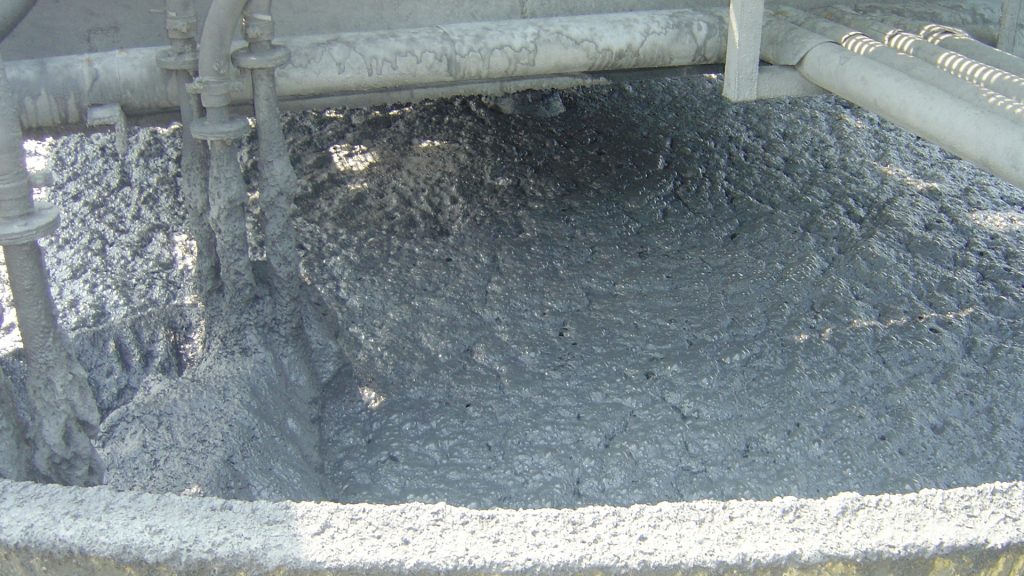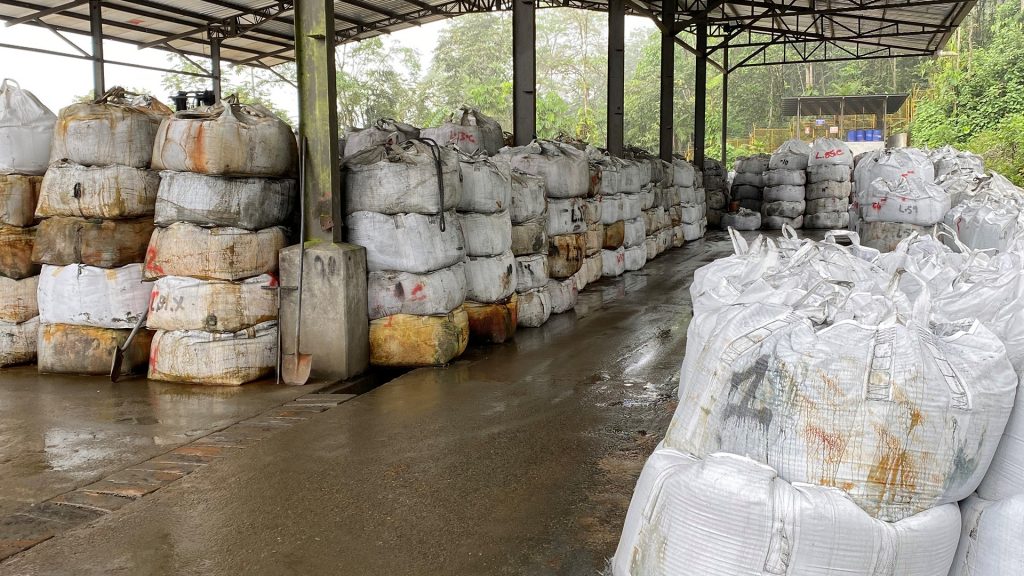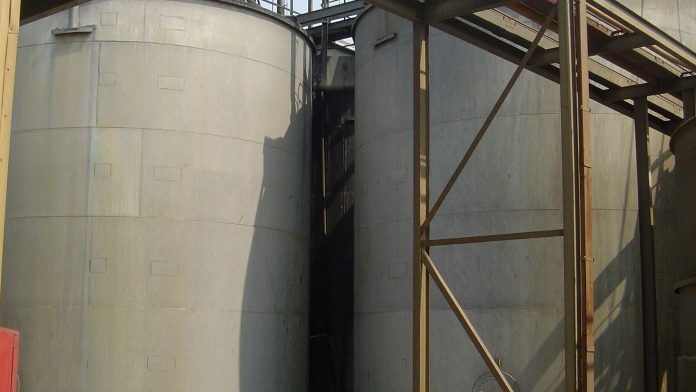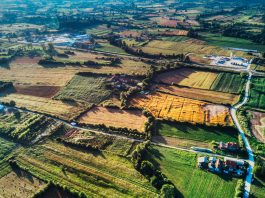Ross Orr, President & CEO of BacTech Environmental Corp, describes how the company embraces environmental, social and governance (ESG) goals aided by its bioleaching technology.
Bioleaching uses biology to process mined metals and is a technology that found its commercial footing way back in 1986 when Goldfields of South Africa implemented it in its Fairview mine. It was a success. Since then, Goldfields built over 20 BIOX plants, most of which are still operating today.
BacTech’s roots date from 1988, when a group of private investors agreed to back an R&D bioleaching project for its then parent company, BacTech Metallurgical Solutions (BMS). I have had a seat at the table since 1995 when I was introduced to Geoff Donohue, who approached me through mutual friends based in Perth, Western Australia. At the time, I was a partner in a merchant bank in Toronto called CC Capital Partners that also had the unfortunate acronym of CCCP. Geoff and I shared backgrounds from the brokerage business, and he was intrigued by our business model of taking equity instead of cash for our services. In other words, living and dying on the success or failure of your client. In reality, sometimes it worked, but most times it did not.
Financing new technologies in mining is painful. Miners do not want to share their gold, and there is an inherent fear in decision-makers whose careers could be on the line should their decisions result unfavourably.
By 2010, BMS, now trading as BacTech Mining was left in dire straights. A costly foray into Nevada that never should have been pursued left the company $4m in debt with no prospects. I had always thought that the technology should be used in the environmental arena, given its ability to stabilise arsenic, the bane of the miner. I convinced the board to split the company in two; one company, REBgold would continue to pursue building plants for mines, and the other, BacTech Environmental, would pursue the environmental grail of treating arsenic tailings and concentrates. The difference was that we were going to own a piece of the asset instead of licensing the technology.
There was something inherently wrong with solving a miner’s problem with the technology. The liberation of gold for recovery by bioleaching created a multi-million-dollar market capitalisation for the miner while BacTech was thrown a few crumbs for its efforts. We had to own a piece of the value we were creating to attract any interest in the newly independent company.

Now I wish this was the end of the happy story, but it is not. There were several ill-fated ventures ranging from Snow Lake, Manitoba, to Telamayu, Bolivia. But like all mistakes, there are lessons to be learned:
- I learned I am not very good on Bolivian mountain roads with no guardrails and 3,000-foot drop-offs;
- I learned that it is tough to raise capital for Bolivia even though numerous people warned me;
- I learned that graft is real and should be avoided as the hole gets deeper and deeper (no, we didn’t participate);
- I learned that central Manitoba could be exceptionally cold in January; and
- I learned that grade is king: 9.7 grams of gold per tonne of rock, even in concentrate, does not allow for any mistakes.
A bioleaching lesson in Ecuador
In 2016 a young Ecuadorian graduate of the Royal School of Mines, Bernardo Brito, sent me an email and asked to have ten minutes of my time on Skype. A time was arranged, and I sat back and listened to a fascinating story. His story was a lightbulb moment, and I finally believed I had found the right niche for our bioleaching. Not only was the environmental box ticked, but you could also see the benefits of the technology from a social backdrop. This was the first two letters of what we know today as ESG.
The story begins in an area of Southern Ecuador in a town called Ponce Enriquez. The area hosts several mines, some say over 90, that produces high-grade gold concentrates but with arsenic values ranging from 10% to over 20%. Arsenic is one of those elements that smelters and roasters do their best to avoid, primarily due to limitations imposed by the World Health Organization on burning it. The Chinese recently imposed a 13% import tax on high arsenic/gold concentrates. Unlike copper concentrates that are blended offshore to lower the arsenic levels, clean gold concentrates do not have to go to China for processing. The miner can process their gold locally through conventional methods.

How can the miners in Ponce Enriquez lower the amount of arsenic? They cannot. They must live with prices for their product far below what a standard, clean, gold concentrate would fetch. The Chinese previously paid between 60 and 75% of the gold value (depending on gold grade and arsenic levels), and the material was bagged and shipped to China for processing. Adding insult to injury meant 25-40% of the value for a product produced in Ecuador was being captured outside of the country. It is not much different from producing a barrel of oil in Alberta and shipping it to the US for them to turn around and for us to buy back as gasoline.
Grudgingly, the Ecuadorian miners were obliged to get some of the value for their product. At least it put food on the table. But there was a paradigm shift in the market late last year that provided BacTech with the leverage it needed to create a unique project. As referenced earlier, on October 1, 2021, the Chinese government enacted an import tax of 13% on arsenic/gold concentrates. The result was a cut in the prices paid to miners to closer to 50% of the gold value. That was also before they imposed penalties on arsenic above the 10% level.
Through 2021, BacTech pushed its project along. First, we collected samples of concentrate from five mines in the area. The material made its way to Perth, Australia, where our Dr Paul Miller, whom we believe is the pre-eminent bioleaching expert on the globe, designed a test program that would run for six months. By June, we had our answer. The blended samples from the five mines returned between 95 and 96.2% arsenic-free gold recoveries after being processed using BacTech’s bioleaching technology.
The obvious next stage was to determine whether the project could make money. It is one thing to liberate the gold from arsenic, but not if it costs $2,000 an ounce to produce it. Given that we have no underground component in our business, we decided to contract an independent bankable feasibility study. Most of the missteps in mining usually start with the deposit, but as we like to say, “We don’t dig holes; we fill them back in”. To make a four-month story short, we announced in mid-December that the feasibility study showed the project’s economics were, in fact, stellar.
Environmental, social and governance: A win for bioleaching and BacTech
Over the last few years, environmental, social and governance (ESG) has made inroads. At first, we asked ourselves, what is this ESG? When we broke it down into its three components, we realised this is what we have been doing for years.
The environmental element is obvious (and part of BacTech Environmental Corp’s name) and is something we have been touting for years, but what about the social aspect? The best way to describe our association with social issues is best illustrated through two examples that I will share.
BacTech has acquired the rights to 100 acres of land near Ponce Enriquez to host the plant; it also hosts a producing cocoa farm. The day we drove to the property to inspect it, we were met by a group of workers employed by the current owner. They could sense that our visit did not bode well for them. After we departed, I must confess I had a serious misgiving that these people would lose their right to work and make a living. At dinner that night, it dawned on me that our initial plant would use maybe 20% of the property, and without proper care, the cocoa trees would die. We are not in the cocoa business, so we decided to hand over the future production to the workers. They would be responsible for maintaining the crop and could sell whatever they grew. They do not have equity in the land, but the product would be theirs to sell. Somehow, we may have also inherited an unofficial security team looking after our mutual interests. As the old saying goes, ‘it all comes down to goodwill’.
In Ecuador, there is a law whereby companies pay 15% of their profits to their employees annually. We are paying the 35-odd employees on average $12,000 per year, which is considered an above-average wage for the area. If we go back to the numbers we expect to generate from the feasibility study, we are confronted with a bizarre situation. The 15% bonus would be a lump sum payment of roughly $40,000. In other words, a job with BacTech would provide lotto-type compensation. On the surface of it, the optics are good. The reality is, when was the last time you heard a good story about a lottery winner? It is incumbent on us to provide the tools to the workers to deal with this sudden windfall. Education is the key. Alcoholism, drug abuse and the breakdown of the family unit are just a few of the issues that need to be addressed. Setting aside money for savings or money for their children’s education are a few tools to be employed. Our job will be to identify early situations where success is fueling negative behaviour.
At this stage of the project, the ‘G’ for governance is not that pressing, at least not until we begin breaking ground for construction. Can we diversify our board? Yes. Will we add an Ecuadorian to the board? Most likely. We will establish a whistle-blower policy to protect people who come forward with complaints. The whole point of ‘governance’ is to make sure companies are run based on ethical management; in other words, good people behaving with consideration for others who work for or with them.
BacTech is a small company, the complement in Canada is not much more than half a dozen. At the outset, the whole workforce in Ecuador will be around thirty to forty, so a voluminous treatise on corporate policy is not appropriate right now. That said, it is clear as day that the need in Ecuador, and other parts of South America, for BacTech’s environmental processing of toxic mine products is enormous. There is scope for the Ecuadorian plant #1, at 50 tonnes per day, to be replicated several times over. With this growth potential, it is fair to say that a clear governance policy will be needed in the coming year or two. In every circumstance, BacTech will follow the norms and guidelines set out by the regulatory authorities in Canada and the countries of operation. BacTech regards its employees as precious human assets; we will do all we can to care for them, ensure that Health and Safety principles are strictly adhered to, have the proper protective clothing, and are justly rewarded. BacTech, in-country, will be an integral part of their community.
Please note, this article will also appear in the ninth edition of our quarterly publication.








